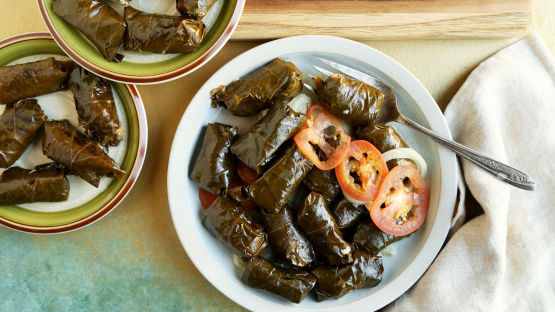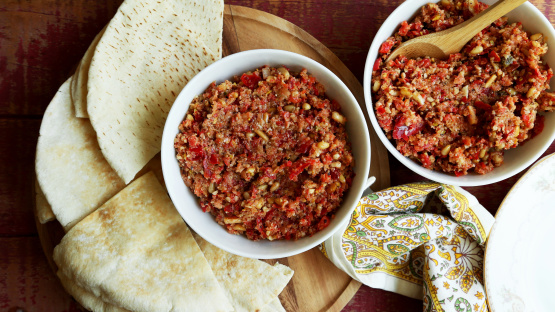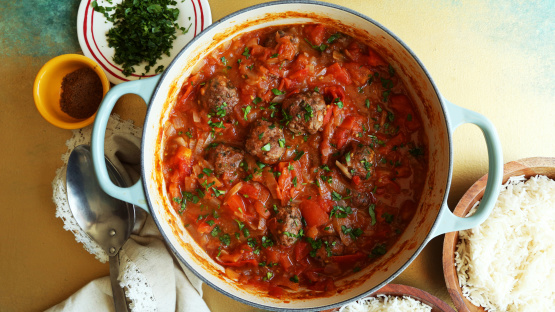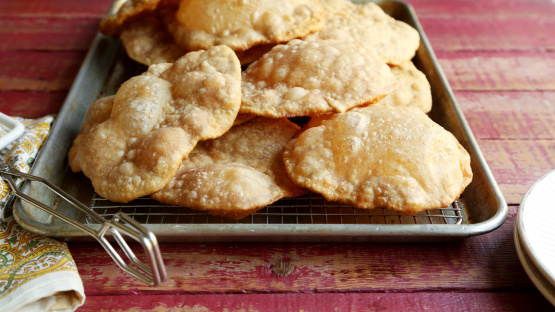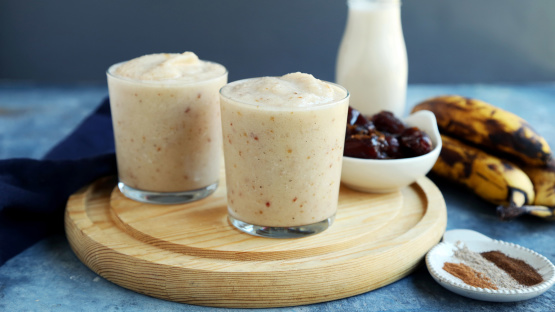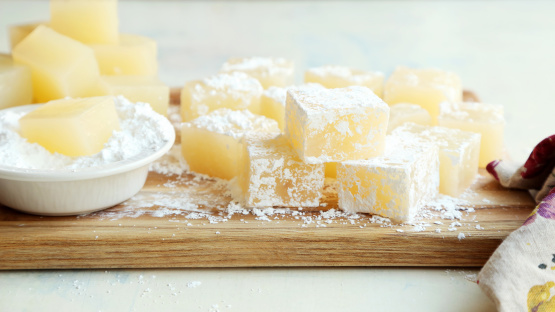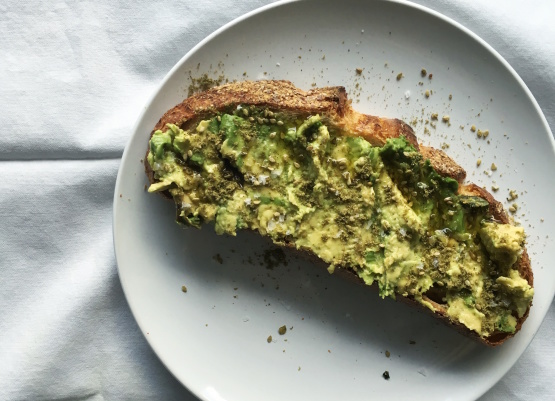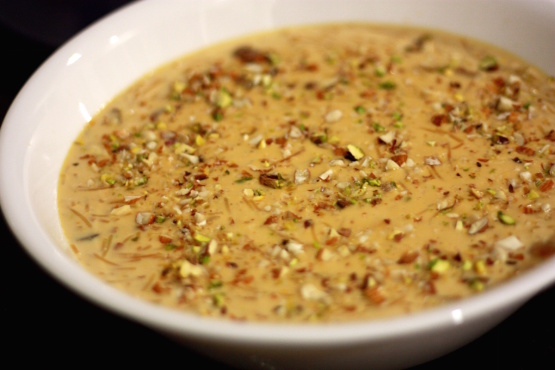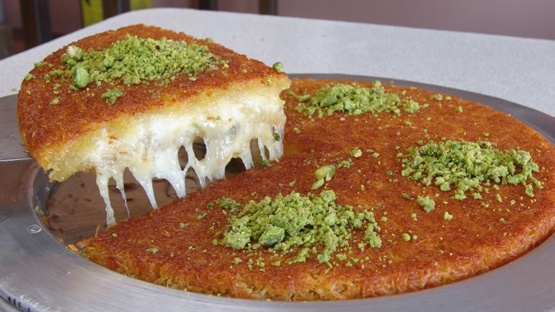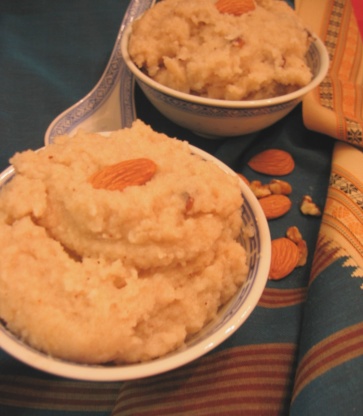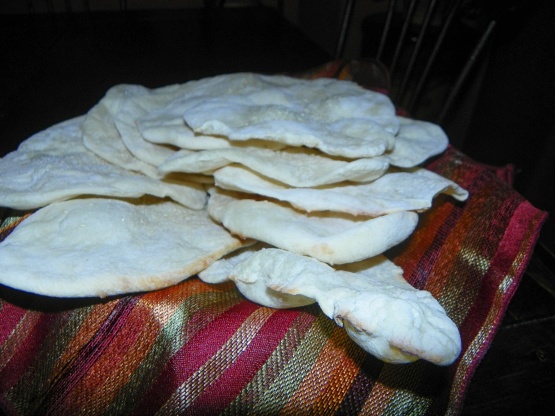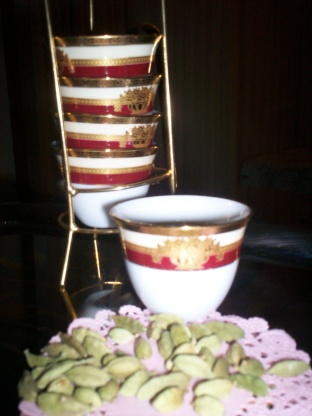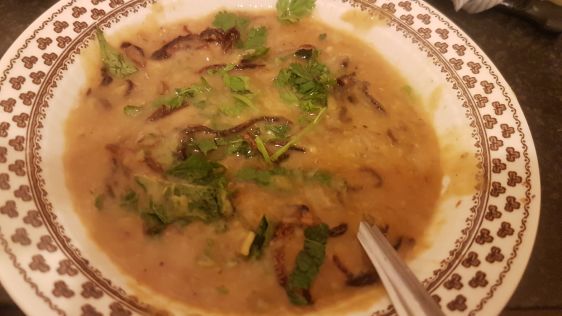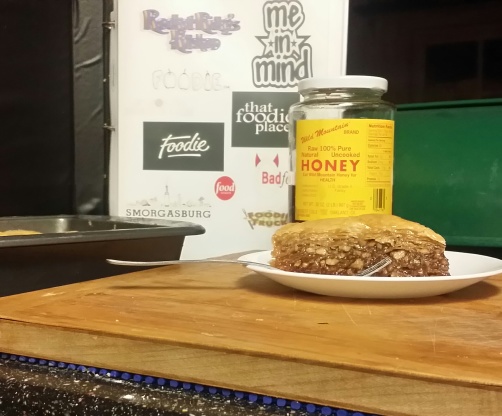16 Recipes for Eid Al-Fitr & Breaking the Ramadan Fast
Muslims all over the world celebrate Eid al-Fitr, Arabic for “festival of breaking the fast.” Eid al-Fitr marks the end of the holy month of Ramadan when Muslims fast from sunrise to sunset, and it is celebrated during the first three days of Shawaal, the tenth month of the Islamic calendar. This holy month is a period for spiritual renewal for Muslims, and the holiday is marked by widespread prayer, charity and feasting.
Millions of Muslims across the world representing many cultures invite family and friends on Eid al-Fitr to indulge in delicious creations with vibrant celebrations unique to their regions. Menus vary widely and include recipes for elaborate dishes and desserts, as well as traditions passed down through generations. Families will prepare their elaborate feasts way into the night of the eve of Eid al-Fitr. A light breakfast or snack is served early before heading to the mosque for special prayers. The remaining part of the day is spent celebrating, and families and friends will often visit one another, offering their special celebratory foods to their guests.
Curated by Malika Ameen
